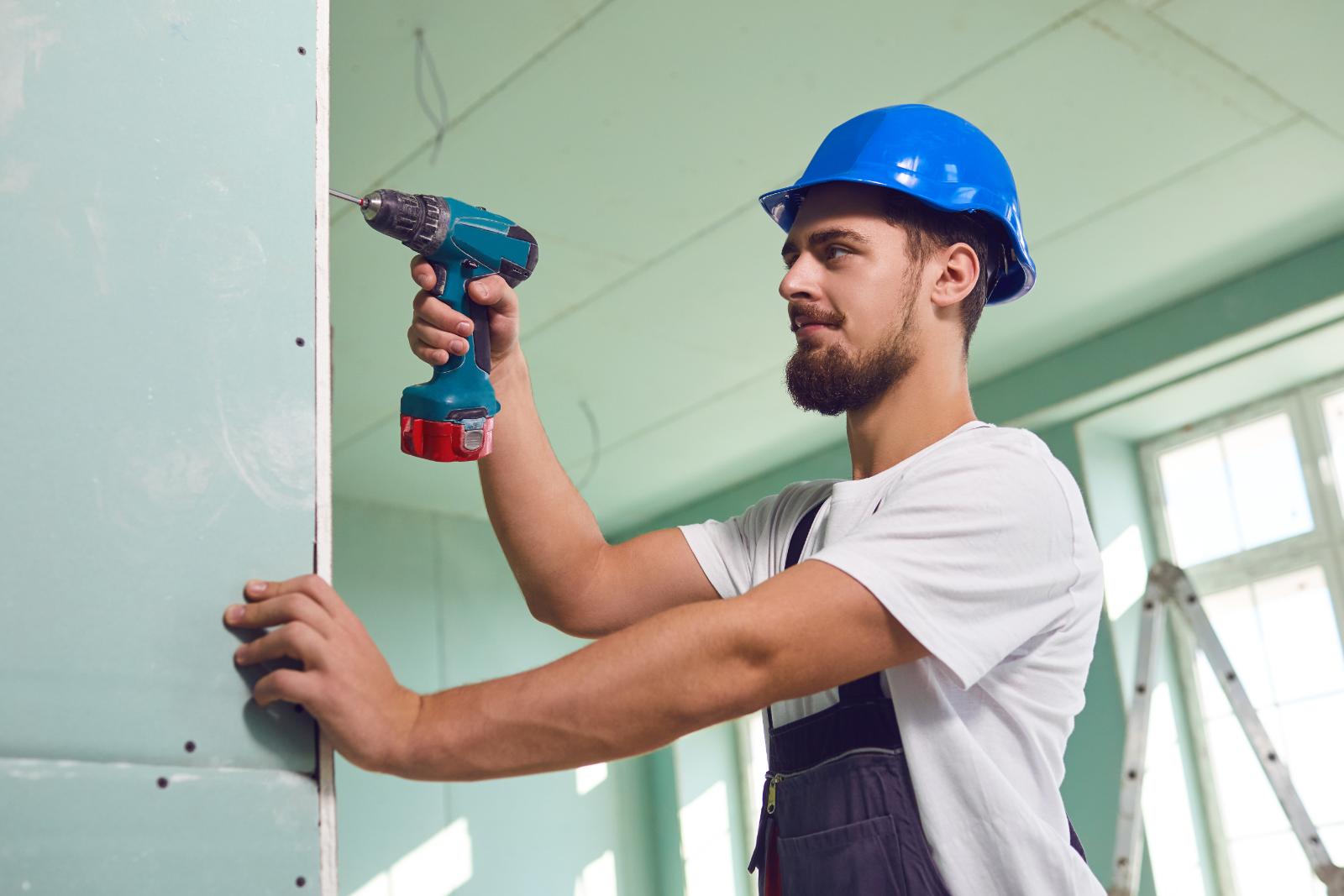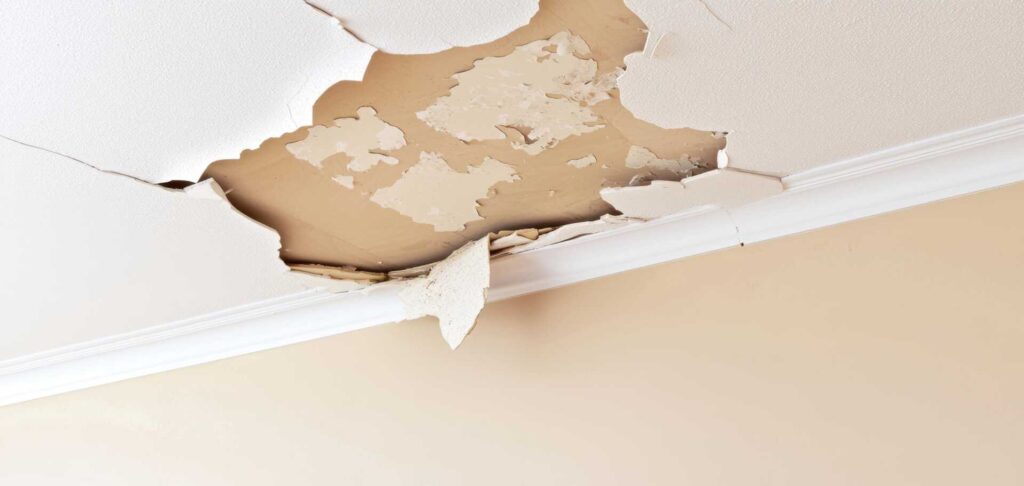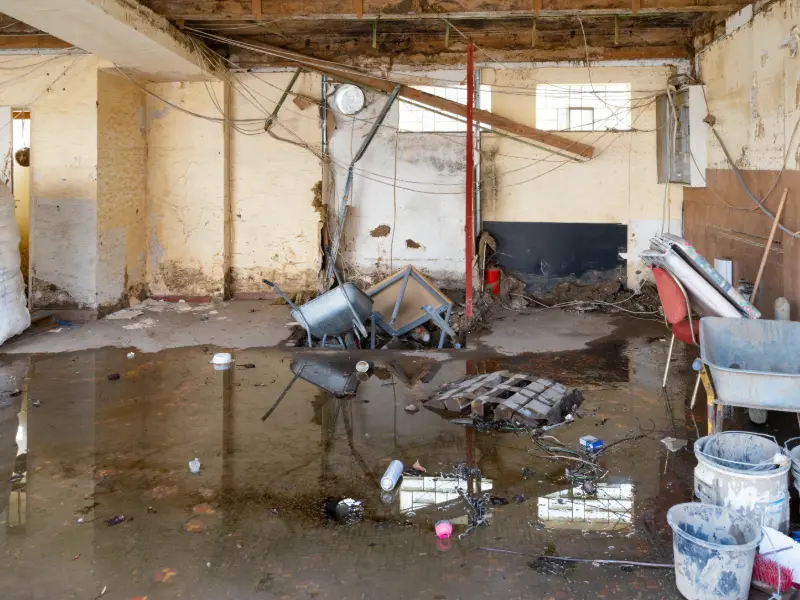Contents
You may not know that patching drywall holes can be done effectively using three key methods. Each approach offers unique benefits for achieving a smooth repair, from the Spackling Technique to the Mesh Tape Method and the Self-Adhesive Patch Application. Understanding these methods’ nuances can significantly affect the outcome of your drywall patching project. Explore further to discover which method suits your needs best.
Key Takeaways
- Spackling Technique: precise application, suitable for small to medium holes, minimal tools needed, seamless blend after painting.
- Mesh Tape Method: superior strength, self-adhesive and flexible, prevents cracks from reappearing, ideal for small and large repairs.
- Self-Adhesive Patch Application: easy to use, smooth finish, suitable for quick fixes, seamless blend after sanding, primer, and paint.
Spackling Technique
To effectively patch drywall holes using the spackling technique, begin by preparing the damaged area with a clean surface free of any debris or loose material. Start by using a putty knife to remove any loose drywall or old spackling compound. Once the area is clean, apply the spackling compound to fill the hole. Use the putty knife to spread the compound evenly over the damaged area, ensuring it’s slightly raised above the surface of the wall. Allow the spackling to dry completely according to the manufacturer’s instructions.
After the spackling compound has dried, it’s time to move on to the sanding process. Use fine-grit sandpaper to smooth out the patched area, blending it with the surrounding wall. Be gentle while sanding to avoid creating an uneven surface. Wipe the sanded area with a damp cloth to remove any dust particles before proceeding to the next step.
Now that the patched area is smooth and harmonious, mastering paint blending techniques is crucial. Choose a paint color that matches the existing wall, and apply it to the patched area using a brush or roller. Feather the edges of the painted area to blend it with the surrounding wall, ensuring a flawless finish. Allow the paint to dry completely before inspecting the patched area for any touch-ups.
Mesh Tape Method
Consider using mesh tape as a reliable method for reinforcing drywall repairs, providing added strength and durability to patched holes. When it comes to drywall repair products, mesh tape stands out for its unique benefits.
Mesh tape is a self-adhesive, fiberglass tape that’s highly flexible and easy to work with. Its main advantage lies in its ability to prevent cracks from reappearing in patched areas, ensuring a long-lasting repair.
To apply mesh tape, start by cleaning the area around the hole and cutting a piece of tape slightly larger than the damaged area. Press the tape firmly over the hole, ensuring it adheres smoothly to the surface. Mesh tape works exceptionally well with joint compound, as it allows for a flawless finish once painted over.
The benefits of using mesh tape include its superior strength and resistance to cracking compared to traditional paper tape. Its self-adhesive nature simplifies the repair process and reduces the risk of tape shifting during application. Additionally, mesh tape is ideal for both small and large repairs, making it a versatile choice for homeowners looking to tackle various drywall issues.
When seeking a reliable and durable solution for patching drywall holes, mesh tape proves to be a valuable ally in achieving professional results.
Self-Adhesive Patch Application
When patching drywall holes, the self-adhesive patch application method offers a convenient and efficient solution for achieving smooth repairs. To begin, clean the area around the hole to make sure of proper adhesion.
Next, peel off the backing of the self-adhesive patch and place it over the hole, pressing firmly to secure it in place. Use a putty knife to smooth out any air bubbles and ensure a flat surface.
After the patch is firmly in place, it’s important to focus on the sanding process. Use fine-grit sandpaper to feather the edges of the patch, blending it seamlessly with the surrounding wall. This step is vital for achieving a professional finish.
Once the sanding process is complete, apply a coat of primer to the patched area before painting. When selecting paint, make sure of proper color matching for a smooth blend. After painting, allow the area to dry completely before applying any finishing touches.
To finalize the repair, inspect the patched area carefully. Make any necessary touch-ups to ensure a flawless result. With the self-adhesive patch application method, you can achieve a smooth repair that blends seamlessly with your existing wall, giving you a sense of accomplishment and belonging in your home improvement endeavors.
Recap
Whether you choose the Spackling Technique, Mesh Tape Method, or Self-Adhesive Patch Application, all three methods provide effective solutions for patching drywall holes.
Using the right method for your specific repair needs ensures a smooth finish and long-lasting results.
Choose wisely and transform your damaged walls with confidence.




